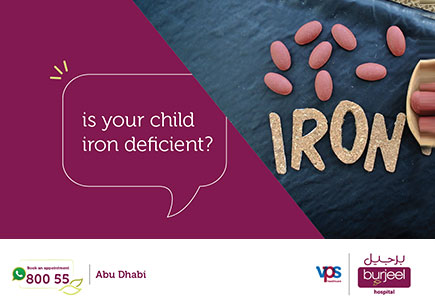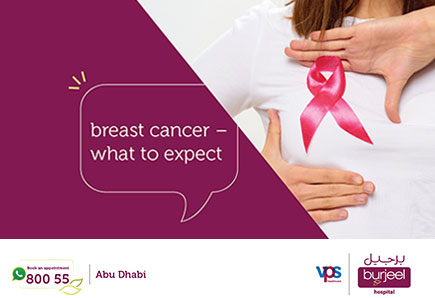How is iron deficiency treated?
By taking iron medicine (syrup or tablets) until iron deficiency is treated and iron stores in the body are filled.
Iron-rich foods:
- Meat: beef or lamb, especially liver
- Poultry: chicken, turkey, duck, especially liver
- Fish, especially sardines and anchovies
- Green Vegetables
- Legumes like beans, peas, and beans
Important Notes:
- Liver is the best source of iron.
- Iron absorption from plant foods is more difficult than from animal foods.
- Lemon and orange help iron absorption.
- To help iron absorption, vitamin C can be taken with iron (after doctor consultation).
- Tea and coffee are strictly prohibited.
- Do not take iron medicine with (antacids or calcium) at the same time. Space them for 2-3 hours to get the full benefit of each medication.
The following foods should be avoided for at least two hours before and after consuming iron: cheese, yogurt, eggs, milk, spinach, bread, rice, pasta, whole grains and bran.
Therefore, it is preferable to take iron medicine three hours after lunch with lemon or orange juice and not to eat anything after it for two hours.
Note: * The information on this website is not meant to be used to diagnose health conditions or to replace legitimate medical advice.
Dr. Mohamed Abbas
Specialist- Pediatrics & Neonatology


